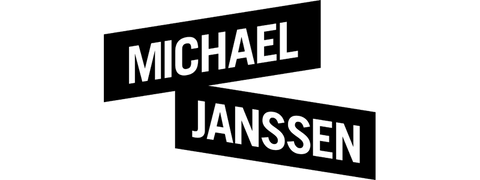Lynda Benglis - Wax’in Wane
12 June - 31 July 2010
Galerie Michael Janssen Berlin
Galerie Michael Janssen is pleased to present Wax’in Wane, an exhibition of recent works by American artist Lynda Benglis, including wax works on wood as well as non-objective sculptural forms. The gallery rst presented Lynda Benglis in a solo exhibition with early works in 1997.
Encaustic or hot wax painting is a centuries-old tradition and was already practiced by the Egyptians, Greeks and Romans. In the early 1970’s Benglis explored the possibilities of working with hot wax and pigments. These early wax reliefs have set a landmark in her exploration of the possibilities of painting and sculpture and introduced the painterly gesture in sculpture. In her work, the act of artistic creation is embedded in presentation of process and the movement of materials. Benglis arrests the viewer through her use of materials, forging them into new states, pushing their proper- ties to the very limit and creating undiscovered means of expression. The recent wax paintings on view at the gallery record the process of their making; in this case, the accumulation of material substance. The tall and narrow stainless steel „totems“, The Manu, which were cast from wax models, memorialize with surprising intimacy the touch of the artist‘s ngers and exemplify the artist’s deep concern with the physicality of form and how it affects the viewer. Formed in wax and cast in steel, they render dynamic impressions of mass and surface: soft becomes hard and gestures are frozen. Used by Benglis herself as a descriptive expression for her work, the term „frozen gesture” stands for the free- zing of the movement and the dynamics of the process of artistic production. Evocative of a female torso, the stainless steel wall piece Front to Back Back to Front illustrates Benglis’ critical re ection on female imaging and her exploration of metaphorical, sexual and biomorphic shapes.
Born in Louisiana in 1941 and with a career spanning over 40 years, Benglis has worked in mediums as varied as bron- ze, glass, neon light, ceramics, wax, liquid latex, polyurethane, plaster as well as photography and video. Deeply con- cerned with the physicality of form, Benglis chooses materials for both their cultural associations and formal properties. Questioning the rigors of Modernism and Minimalism by merging content and form, Benglis’ foremost concern is the pictorial element. Invigorating her abstract forms with anthropomorphic, feminist and naturalistic references, she is an image-maker seeking to share an excess of associations that rouse both our physical and emotional senses. Her in u- ence today is felt amongst a new generation of artists such as Cindy Sherman, Polly Apfelbaum and Matthew Barney.
Benglis moved to New York in the late 1960’s, just after Minimalism had reached its zenith. In the 1970’s she collabora- ted with Robert Morris for several projects and had a remarkable career. Benglis plays a central position in the pluralistic art of the ‘70s and was featured in a 1974 Life Magazine article as the heir to Pollock. Lynda Benglis divides her time between New York and Santa Fe. Her numerous awards and honors include a Guggen- heim Fellowship and two National Endowment for the Arts grants. She is currently the subject of a travelling retrospec- tive exhibition which started at the Van Abbemuseum in Eindhoven with further stops at the Irish Museum of Modern Art (IMMA) in Dublin, at Le Consortium in Dijon and at the Museum of Art in Rhode Island. In the beginning of 2011 it will have its nal station at the New Museum in New York.

Lynda Benglis, Wax‘in Wane, Installation view, 2010, Galerie Michael Janssen, Berlin

